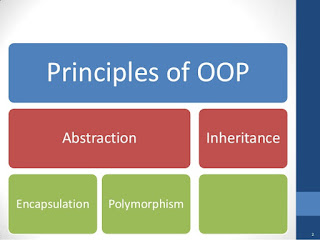Polymorphism

Polymorphism is a feature of OOP that allows one interface to be used for a general class of actions. The specific action is determined by the exact nature of the situation. By dint of polymorphism, it is possible to design a generic interface to a group of related activities. This helps reduce complexity by allowing the same interface to be used to specify a general class of action. It is the compiler’s job to select the specific action as it applies to each situation. The programmer does not need to make the selection manually. He needs only remember and utilize the general interface. In this way, polymorphism promotes extensibility.







